Collection
20 great books I read in 2020
This reading year started out strong, somehow got even stronger during the early spring days of lockdown, peaked in the summer, and then was obliterated by election season. (It has yet to fully recover.)
Here are 20 books I loved, in the order I read them:
Gombrich is probably best known for his art history survey, The Story of Art, but he wrote this book before, in pre-Nazi Germany. When a textbook publisher hired him to translate a history book for kids, he thought it was so bad he could write a better one himself. So he read all day and wrote a chapter each night until the book was done. I love the way he starts and begins the book with visual metaphors to help kids picture history.
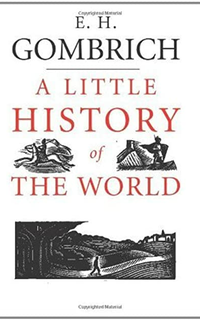
Sam is one of my favorite working writers, but I didn’t really care much about Oklahoma City or basketball when I picked it up. And yet, I loved this book. While reading it I was like, “Is this as good as I think it is or is Sam nuts in the same way I am nuts or have I been driven nuts by reading it?” One thing I cannot get enough of is the sense when you’re reading a book that the author had a blast writing it — that they let themselves get carried away and went for the ride and wrangled the thing in just the right way so you could strap in, too.
Every year I try to read a bestseller that everybody’s talking about. Last year it was Educated, this year it was Normal People. I got completely sucked into it, much like I did the mini-series. The whole time I read this book, I was thinking, “Why am I so into this?” (Because it’s a good love story, dummy.) By the way: the thing that unites bestsellers? They are compulsively readable — you can’t not turn the pages.
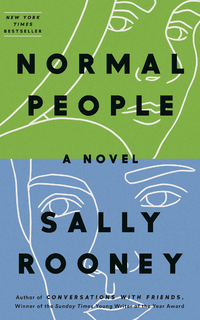
Combination detective story and fairy tale with a huge dose of astrology and William Blake thrown in. (It gets its title from Proverbs of Hell.)

A lovely, slim book about Texas and the women who live here. I love her scenes of day-dreaming while wandering the aisles of HEB and how she writes about “neighboring,” the quality she most admires in Texas women, the “bone-deep instinct to be friendly to anyone who might cross one’s path.” (Rooted in the loneliness and struggle to survive in an often hostile frontier.)
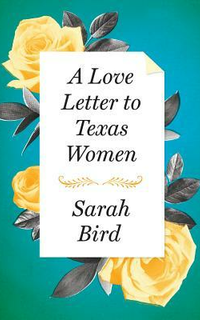
Ruefle has really been my patron saint of lockdown. I love her sense of wonder, her way with images, and her sense of humor. (And her erasures, of course, which she’s as crazy about as I am.) I’m a huge fan of her essay collection, Madness, Rack, and Honey and I savored My Private Property slowly, one or two pieces at a time, early in the morning, with a cup of coffee. It took me a while to fall in love with her poetry, but Dunce did the trick. Her short, brilliant books are perfect quarantine reading. Get any title of hers from Wave Books, they’re all worth it.)
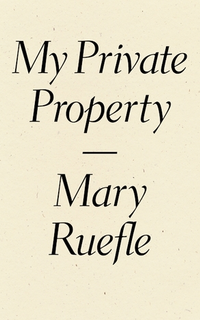
John Holt started his newsletter in 1977, “about ways in which people, young or old, can learn and do things, acquire skills, and find interesting and useful work, without having to go through the process of schooling.” I read an issue every day, tweeting out my favorite bit. A remarkable countercultural document of parents trying to figure out how to help their children learn from home at a time when homeschooling was, in many states, illegal. (Read my blog post about it.)
We’ve had Hodgkinson’s manifesto hanging on the fridge for years now, but I’d never bothered to read this. Tons of references to some of my favorite books, like Robert Louis Stevenson’s An Apology for Idlers and Lin Yutang’s The Importance of Living. I also enjoyed Hodgkinson’s book about parenting, The Idle Parent.
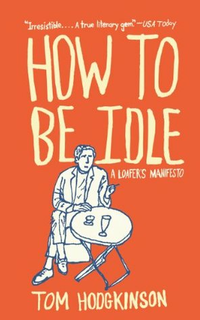
I’d read both of Shirley Jackson’s most famous novels, The Haunting of Hill House and We Have Always Lived in the Castle, but I was not ready for how much I loved her book about motherhood, Life Among The Savages. It was so funny I would stop and read excerpts out loud to my wife until she read it, too. The writers who gave me the most comfort in early quarantine were women grappling with art and domesticity — May Sarton’s Journal of a Solitude, Eleanor Coppola’s Notes on a Life, and Anne Truitt’s Daybook — but none of their books made me laugh.
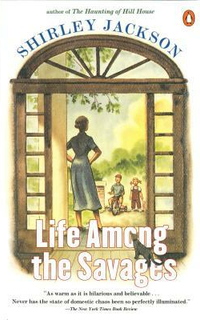
This books collects Alice’s Adventures in Wonderland and Through The Looking-Glass, along with excised chapters, alternate illustrations (thought Tenniel’s are, in my opinion, unbeatable), and other ephemera. The stories are worth reading on their own, but the annotations give you a good context for what Carroll was doing.
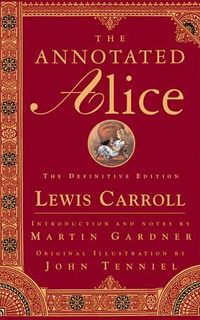
My wife read this in architecture school, and we’ve had this on our bookshelf for over a decade now. I’ve gotten a lot of it through osmosis, but I figured since I was working on these house collages, now was the right time to read it. So good! Like Christopher Alexander’s A Pattern Language, its lessons apply far beyond architecture. I think designers, in particular, would benefit greatly from reading it. Maybe my favorite book of the spring.
I picked this up so I could participate in the book discussion going on at The Convivial Society. (I read his book Deschooling Society years ago and it made a big impact.) Illich’s books are short, but they’re so dense with ideas, it can be slow going. Published in 1973, more relevant than ever. (Other great books I read that addressed art and social issues: Audre Lorde’s Sister Outsider, Olivia Laing’s Funny Weather: Art in an Emergency, Greil Marcus’s Mystery Train, and John Berger’s Bento’s Sketchbook.)



